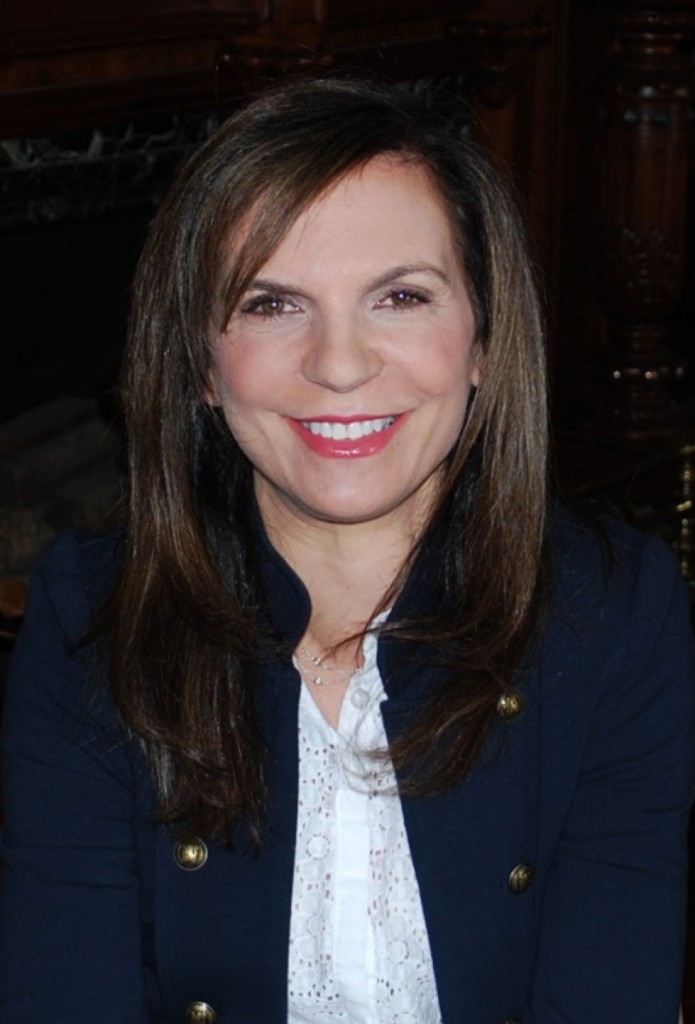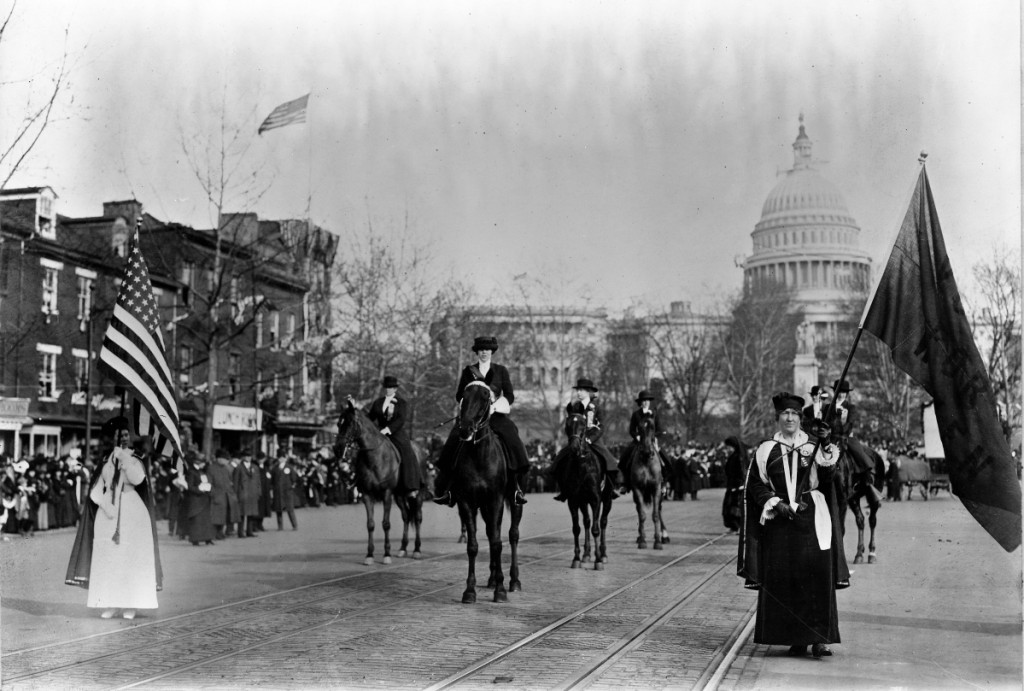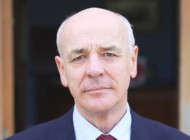
The Nineteenth Amendment that granted women the right to vote will celebrate its 100th birthday in 2020. It comes at a time when a record number of women are serving in Congress and women’s rights continue to be a part of the national dialogue. To mark the upcoming Centennial, institutions throughout the United States are celebrating the milestone in American history by looking back at the early days of the fight for women’s rights. One such institution to do so is the Lockwood-Mathews Mansion Museum in Norwalk, Conn., which presents, from May 16 through November 3, “From Corsets to Suffrage: Victorian Women Trailblazers.” Susan Gilgore, who has been with the museum since 2009 and became the museum’s executive director in 2012, was responsible for conceptualizing the exhibition, which was made possible in part from a Connecticut Humanities Quick Grant. Antiques and The Arts Weekly sat down with Gilgore to find out why this period in American history was one the museum wanted to focus on.
First of all, congratulations on the Connecticut Humanities Quick Grant!
Thank you! We are excited and very grateful to the Connecticut Humanities for generously sponsoring our exhibition titled, “From Corsets to Suffrage: Victorian Women Trailblazers.” Their support has been invaluable to our organization as they have sponsored several successful exhibitions in the past seven years, including “The Stairs Below: The Mansion’s Domestic Servants, 1868-1938,” which won a prestigious national award from the American Association of State and Local History in 2017. I am expecting this exhibition on suffrage to be as engaging and interesting to our communities as our previous ones.
We are bearing down on the Centennial anniversary of the passage of the Nineteenth Amendment. Is that why you have chosen to focus on this period of American history, and what is the Lockwood-Mathews Mansion Museum doing to celebrate this milestone in American history?
Yes, it is. We have planned several programs that will explore the 1920s, celebrate the centennial and highlight this remarkable milestone in American history. Our exhibit, “From Corsets to Suffrage: Victorian Women Trailblazers” will show local, regional and national efforts featuring rare images and objects, memorabilia and period costumes that will illustrate the activities and contributions of women and men across the state and the country. One of the themes will center around the mansion’s connection to this pivotal revolutionary time and introduce women of national renown, who were also part of the mansion’s history. The exhibition was curated by Kathleen Motes Bennewitz with the assistance of the mansion’s curatorial committee chaired by Mimi Findlay. Other programs will include a lecture by Dr Heather Munro Prescott, professor of history at Central Connecticut State University titled, “Fashioning Women’s Suffrage” and a talk by curator and clothing historian Adrienne Saint-Pierre titled, “Fashion for a New Era: Clothing for the Modern Woman.”
Is this the first time the Lockwood-Mathews Mansion Museum has explored suffrage or Women’s Rights issues?
Yes, I believe this is the first time.
You mentioned that suffrage issues were important to the original or early residents of the Lockwood-Mathews Mansion. Can you elaborate on that?
There are some fascinating connections to the early residents of the mansion: Elsie Hill, daughter of Congressman Ebenezer J. Hill, was one of the women known to have saved the mansion from demolition in the 1960s and she was one of the architects of the historic Woman Suffrage Parade of 1913. Elsie aided Alice Paul’s National Woman’s Party and locally, the Connecticut Woman’s Suffrage Association on its 1912 multi-week trolley tour, carrying pennants and banners proclaiming, “Votes for Women.” Author and Titanic survivor Helen Churchill Candee, another suffragist of renown, was the mother of Edith Mathews, wife of Harold Chauncey Mathews, the youngest son of Charles D. and Rebecca Mathews, second owners of the Lockwood-Mathews Mansion.
Does the museum have a large collection of suffrage-related material you’ve used to draw upon for the present exhibition?
We don’t have a large collection, but we do have some interesting items on view especially through the support and generosity of a descendant of Helen Churchill Candee, her great-granddaughter Rosemary Gillham. We also had to rely on generous loans by private collectors and public institutions. What we are finding out is that many women involved in the movement did not save suffrage material for posterity, although those artifacts that do exist are now precious fragments of American history.
Is there a particular object in this exhibit that you feel is particularly significant or will speak to more people?
Certainly, the photo of the Washington, DC parade. Although at that angle you can’t see the legendary Helen Churchill Candee, author of the once radical Victorian “how to” book, How Women May Earn a Living, we know that she was right there, proudly marching into history.
Editor’s note: The Lockwood-Mathews Mansion Museum is at 295 West Avenue. For information, www.lockwoodmathewsmansion.com or 203-838-9799.
-Madelia Hickman Ring





